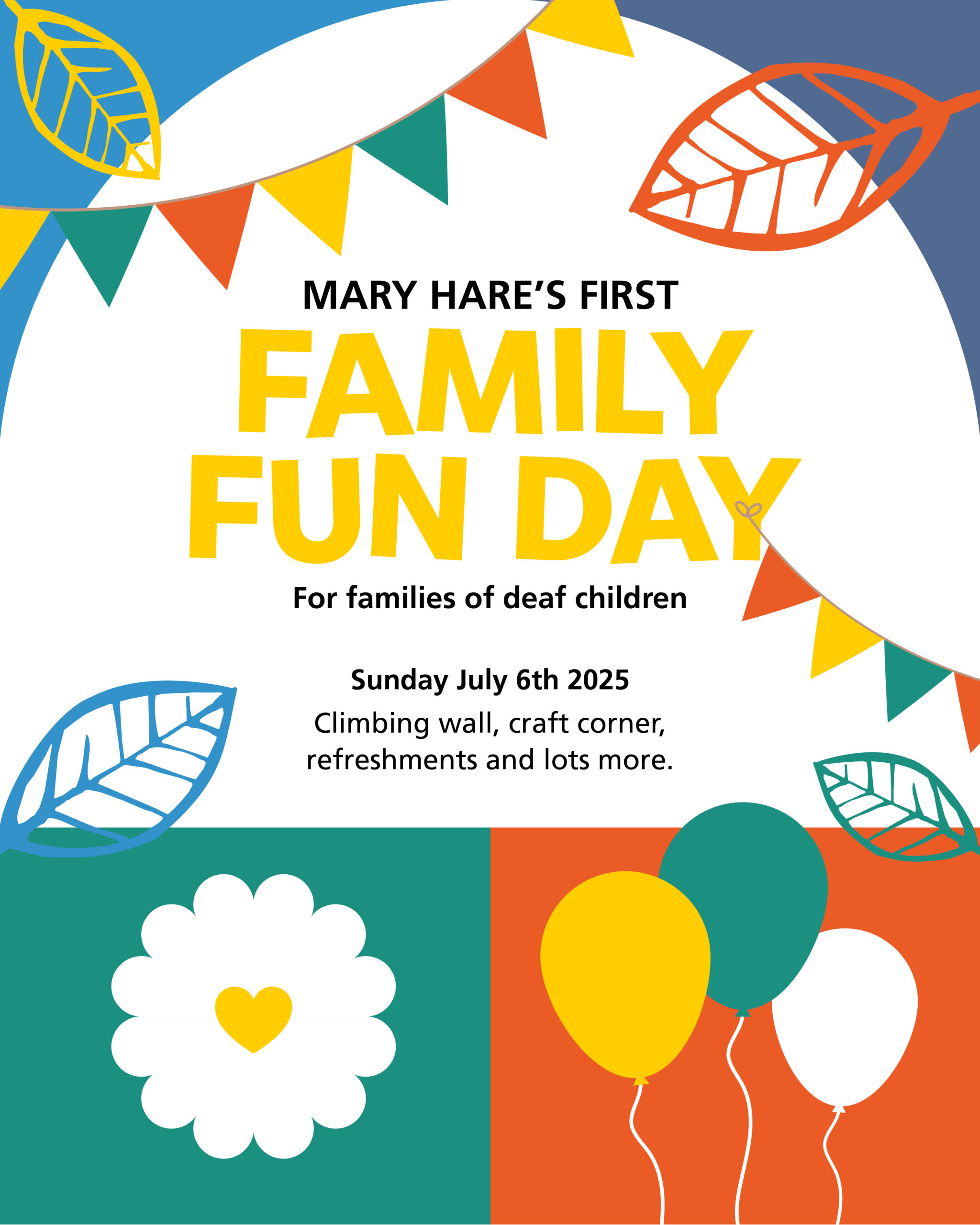3.3. Visual reinforcement audiometry (VRA)
Introduction:
Like the distraction test, this is a behavioural test, the results of which will form the basis of the hearing threshold. The assessment is performed by two audiologists: the tester and the presenter. Infants under one year old will normally be seated on the family member’s lap. Older infants are encouraged to sit independently on a chair with a family member seated behind them.
The infant needs to be able to turn their head from side to side with ease to locate the sound.
The assessment uses ‘reinforcers’, which tend to be towers with toys that illuminate and/or animate but could also be a monitor screen or a flashing disco ball. These are positioned just out of eyesight, so the infant must turn to locate the toys. When the infant responds appropriately to the sound presented, they are rewarded by seeing a toy light up or move cartoons or other visuals.
Procedure:
- The engager (tester 2) will be positioned in front of the infant, and with a selection of simple toys, such as a beaker tower, blocks, and spinning tops, gains the infant’s attention.
- In a separate room, or from behind a screen, the presenter (tester 1) will present sounds, generally warble tones or narrow-band noise.
- The sounds could be presented through soundfield or using ear inserts to obtain ear-specific levels.
- The infant turns to the sound and is rewarded with seeing the toy move. If the infant is not sure what is expected, the engager will prompt and point to the reinforcer. Knowledge of the child’s eyesight is important as the visual reward needs to be seen.
- The presenter will aim to gain accurate levels for 1 kHz and 4 kHz. If the infant is still focused, levels for 500 Hz and 2 kHz will be obtained. Levels obtained will be recorded on an audiogram.
Considerations for QToDs:
- How to prepare the family for this assessment? During visits leading up to the audiology appointment, support the family with simple activities to help both family and infant understand what is involved.
- The accuracy of the results is very dependent on the cooperation and interest of the infant. It is therefore not ideal to have siblings attending the audiology appointments. Having siblings in the room has the potential to cause distractions and thus, unreliable results.
- The family needs to understand not to give any visual cues to the sounds, eg flinching or stilling, as this could also produce false or unreliable results.
Further reading:
For further information refer to:
BSA Recommended Procedure Visual Reinforcement Audiometry (visit the BSA website via this link for most recent publication)
Next pages in section 3
3.5 Assessing children with additional needs
3.6 Auditory neuropathy spectrum disorder (ANSD)
3.7 Auditory processing disorder (APD)
3.8 Cochlear implant assessment
3.9 Bone conduction implant assessment
Previous pages in section 3
3.1 Newborn hearing screening programme (NHSP)
Other sections
- Section 1 Anatomy and physiology of the ear
- Section 2 – Aetiology and types of deafness
- Section 4 Acoustics and physics of sound
- Section 5 Listening skills and functional hearing
- Section 6 Hearing technologies





